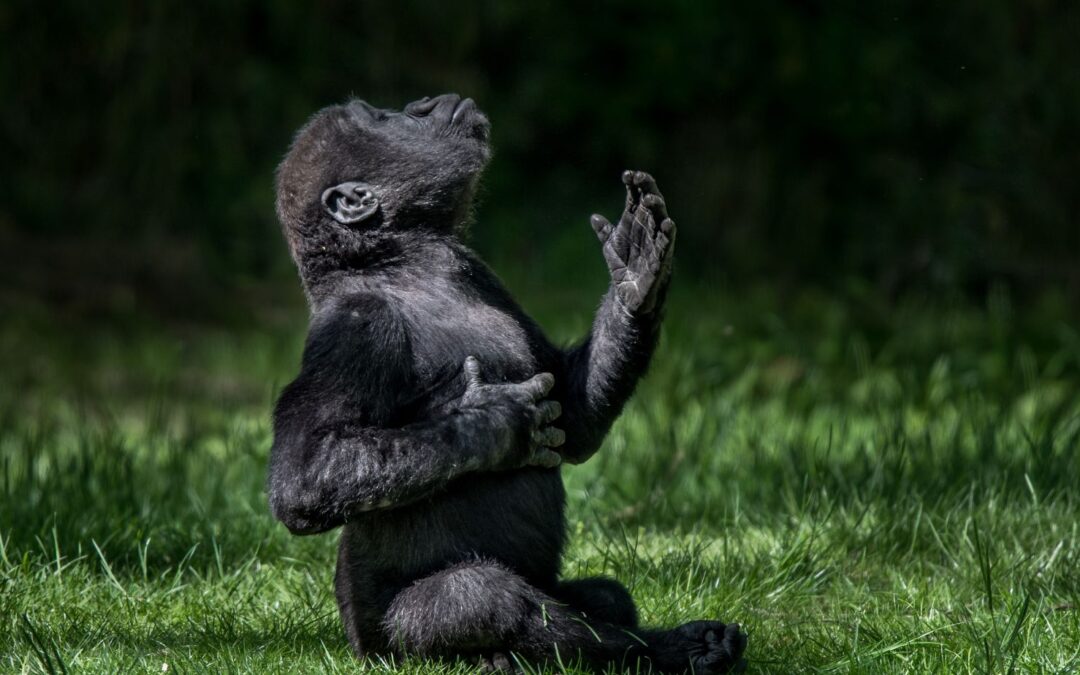The Pixel 3 has taken the smartphone world by storm with its impressive camera capabilities. From stunning landscapes to breathtaking portraits, it has redefined what we can expect from a smartphone camera. But one feature that often goes unnoticed is the Pixel 3’s Gorilla Image technology. In this article, I’ll delve into what Gorilla Image is, how it works, and why it’s a game-changer for mobile photography.
When it comes to capturing the perfect shot, stability is key. That’s where Gorilla Image comes in. This innovative technology utilizes advanced algorithms and image processing techniques to ensure that every photo you take with the Pixel 3 is sharp, clear, and free of any unwanted blurring or distortion. Whether you’re capturing a fast-moving subject or shooting in low light conditions, Gorilla Image works behind the scenes to deliver stunning results.
Pixel Gorilla Image
Understanding Gorilla Glass and its Benefits
When it comes to protecting the advanced camera capabilities of the Pixel 3 smartphone, one cannot ignore the importance of sturdy and reliable protective glass. Gorilla Glass, a renowned brand in the industry, has been a popular choice for smartphone manufacturers due to its exceptional durability and strength.
Gorilla Glass is specially designed to withstand scratches, impacts, and daily wear and tear, ensuring long-lasting protection for your smartphone’s camera lens. Its high-quality material and chemical strengthening process make it more resistant to cracks and shattering, reducing the risk of damage and ensuring that your Pixel 3’s Gorilla Image technology stays intact.
The Vulnerability of the Pixel 3 Gorilla Image
While the Gorilla Glass offers commendable protection, it is essential to understand the vulnerabilities that the Pixel 3 Gorilla Image technology might still face. Despite its advanced algorithms and image processing techniques, the camera module is still susceptible to external factors that may affect the quality of the photos it produces.
One such factor is fingerprints. Smudges and fingerprints on the camera lens can reduce the clarity and sharpness of the photos. To ensure that the Gorilla Image technology can perform at its best, it is crucial to regularly clean the camera lens with a soft, lint-free cloth to remove any fingerprints or dirt.

The Evolution of Gorilla Glass Technology
Exploring the Origins of Gorilla Glass
When it comes to smartphone durability, one name stands out in the industry: Gorilla Glass. Developed by Corning, Gorilla Glass has become synonymous with strength and durability for smartphone displays. But did you know that Gorilla Glass also plays an important role in protecting the camera lens, as seen in the Pixel 3’s Gorilla Image technology?
Gorilla Glass was first introduced in 2007 and quickly became a game-changer in the mobile industry. Its unique composition, made of alkali-aluminosilicate, provided superior resistance to scratches, cracks, and drops. This innovation was a breath of fresh air for consumers who were tired of fragile smartphones that required constant repair or replacement.
Advancements in Gorilla Glass for Improved Durability
Over the years, Corning has continued to improve and refine Gorilla Glass technology, making it even more robust and resilient. The latest iteration, Gorilla Glass 6, takes smartphone protection to the next level. It is designed to withstand multiple drops on hard surfaces, making it ideal for a device like the Pixel 3 that is built to withstand the rigors of daily life.
But what sets Gorilla Glass apart from other glass materials? The secret lies in its chemically strengthened ion-exchange process. This process enhances the glass’s surface compression, making it highly resistant to the everyday hazards that smartphones face, such as accidental drops or scratches from keys in your pocket.
Additionally, Gorilla Glass is incredibly thin, allowing for maximum light transmission and vibrant, sharp images. This is particularly important for the camera lens, as it ensures that your photos come out crystal clear, with true-to-life colors and excellent detail.
Jessica has a flair for writing engaging blogs and articles. She enjoys reading and learning new things which enables her to write different topics and fields with ease. She also strives to break down complex concepts and make them easy for anybody to comprehend.





